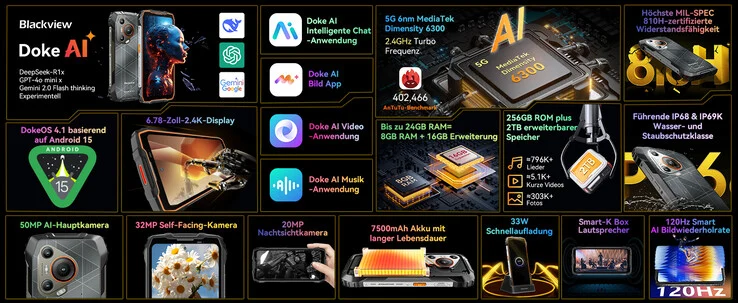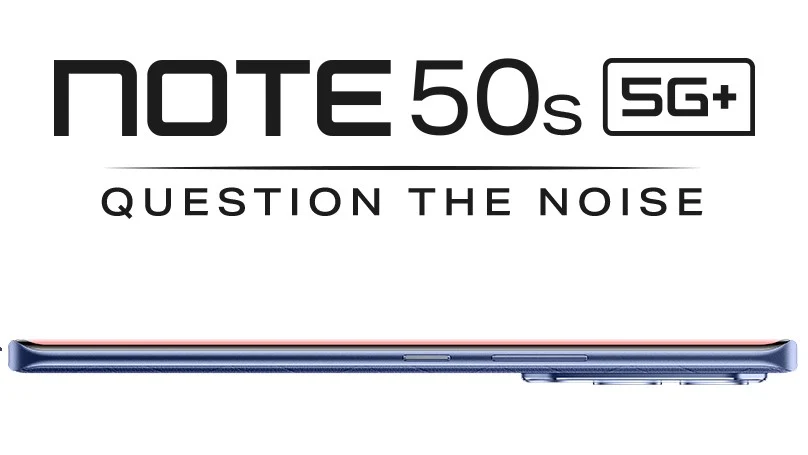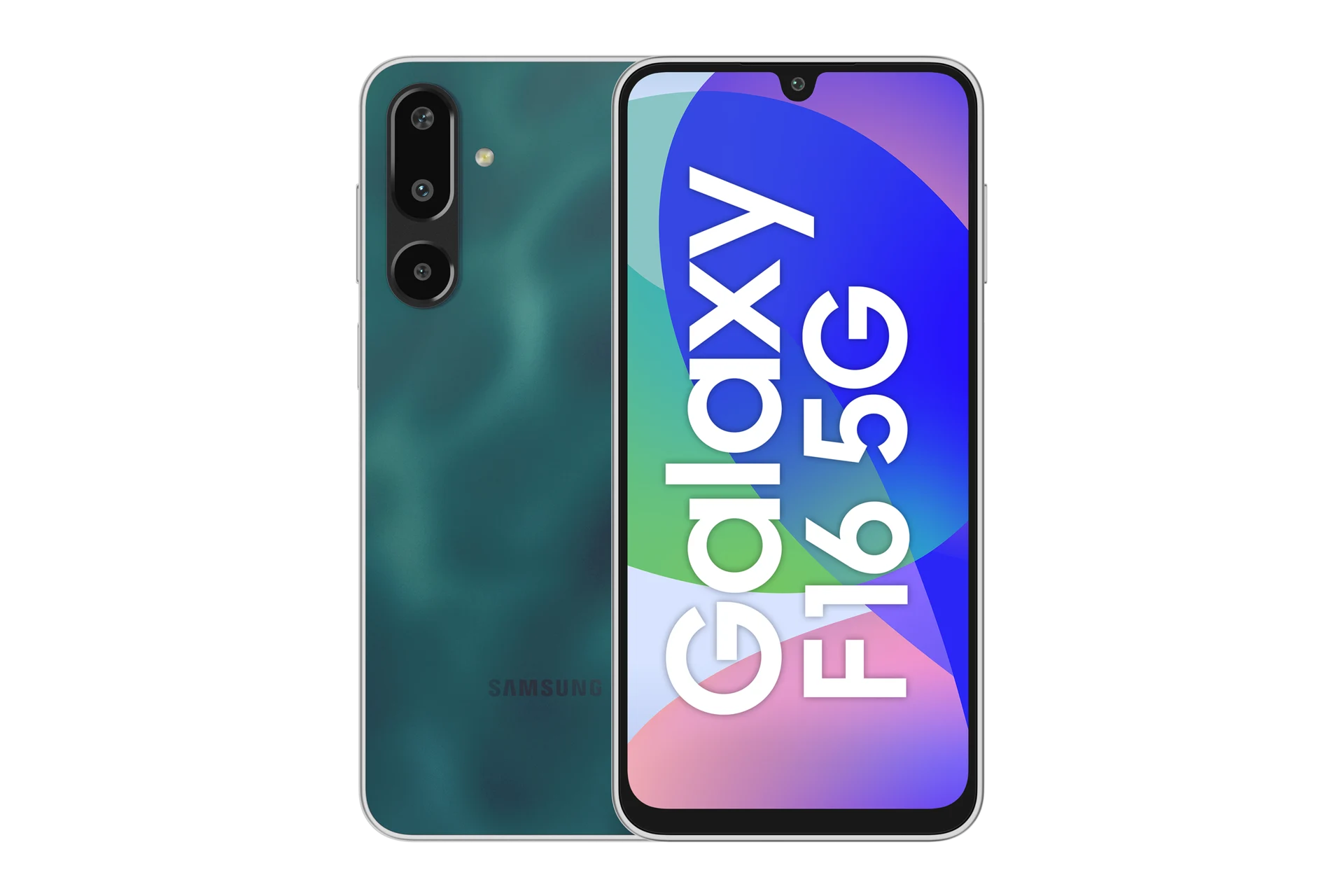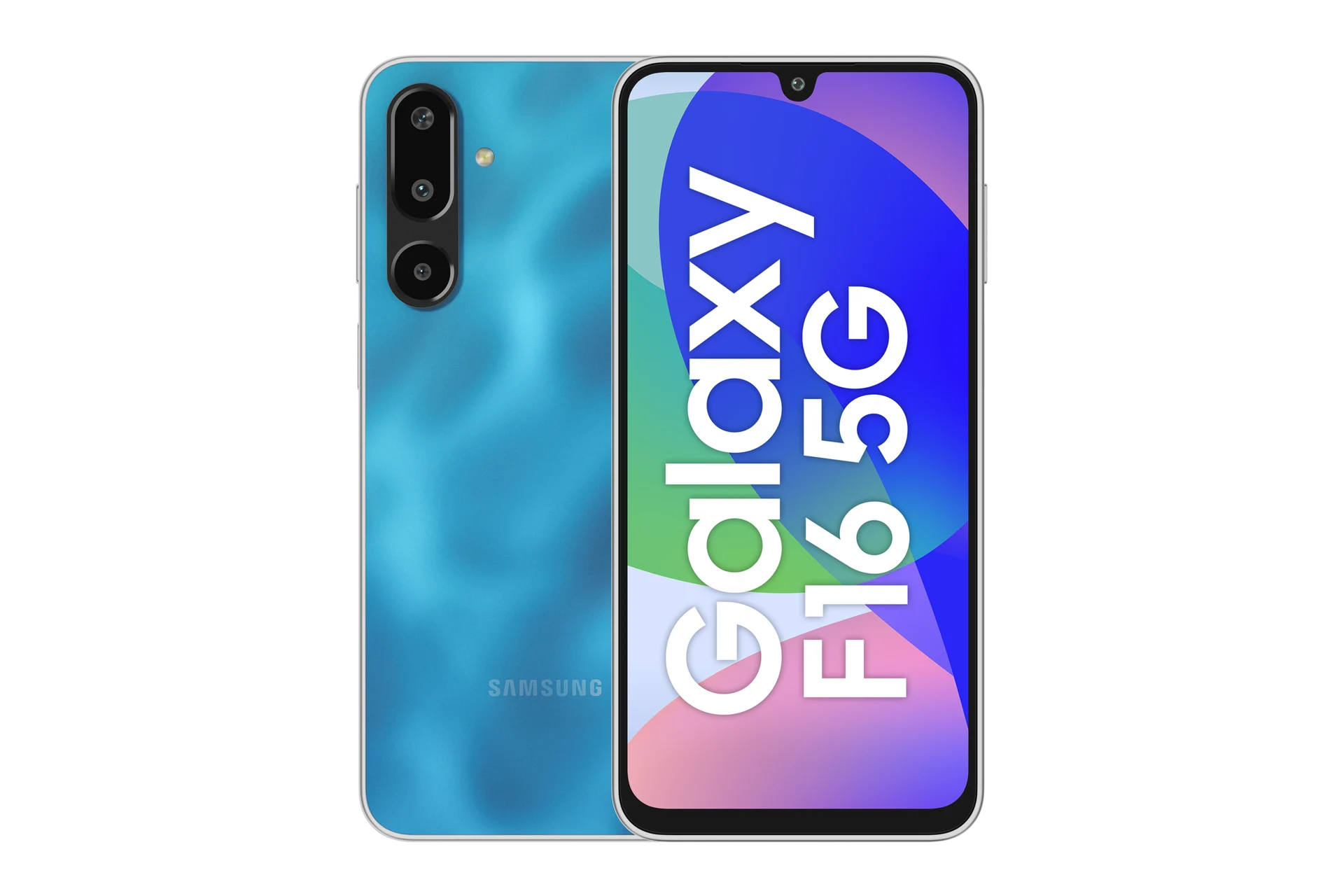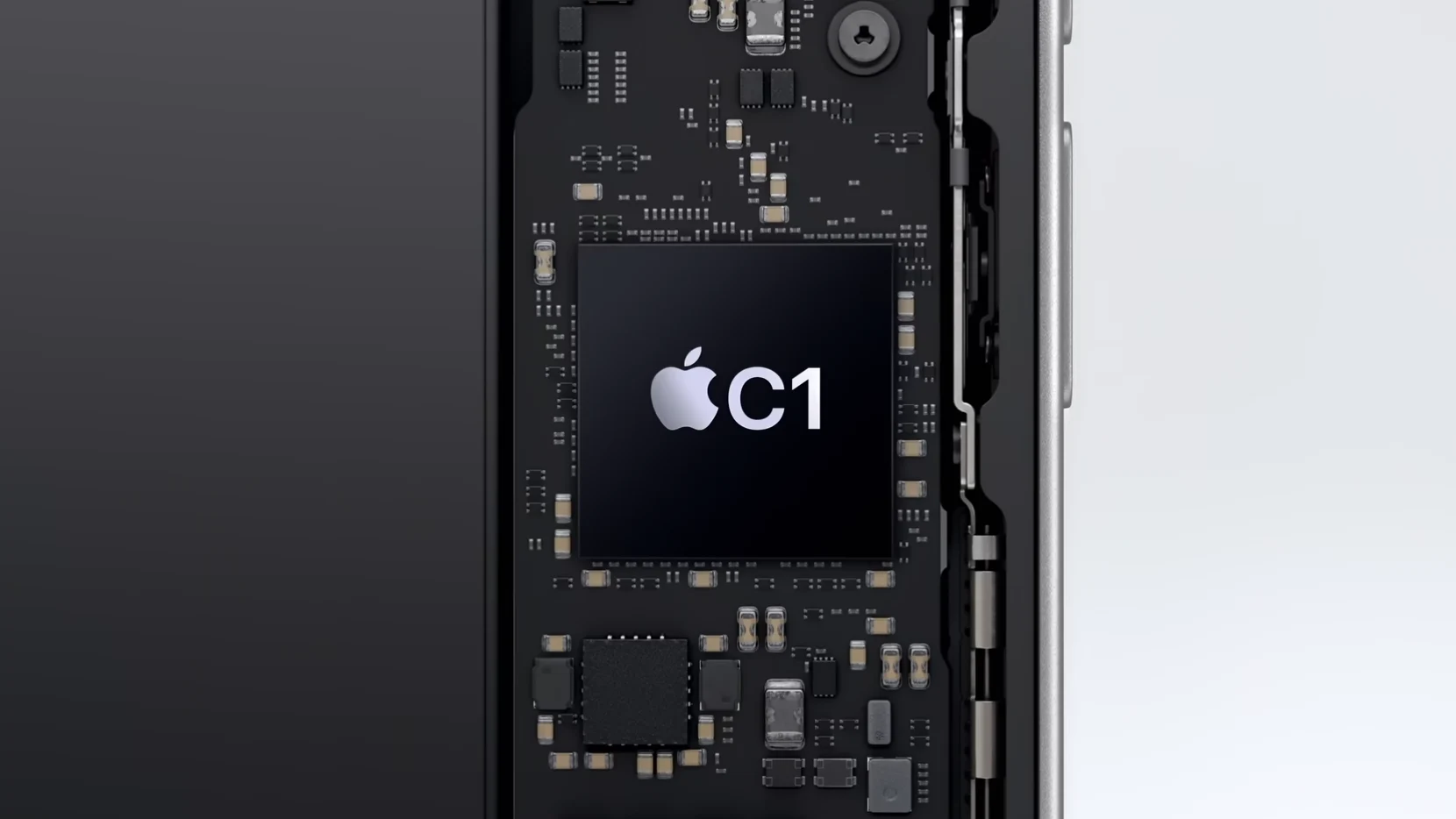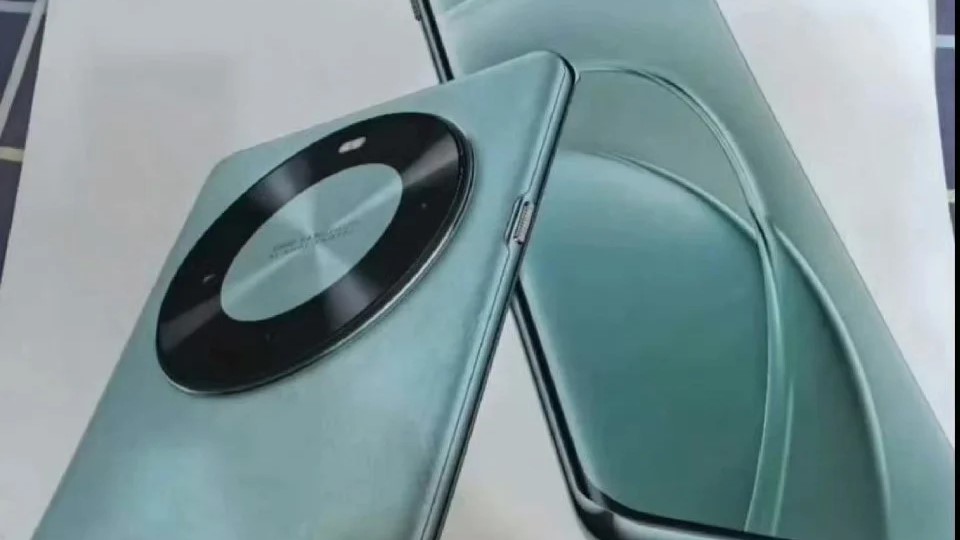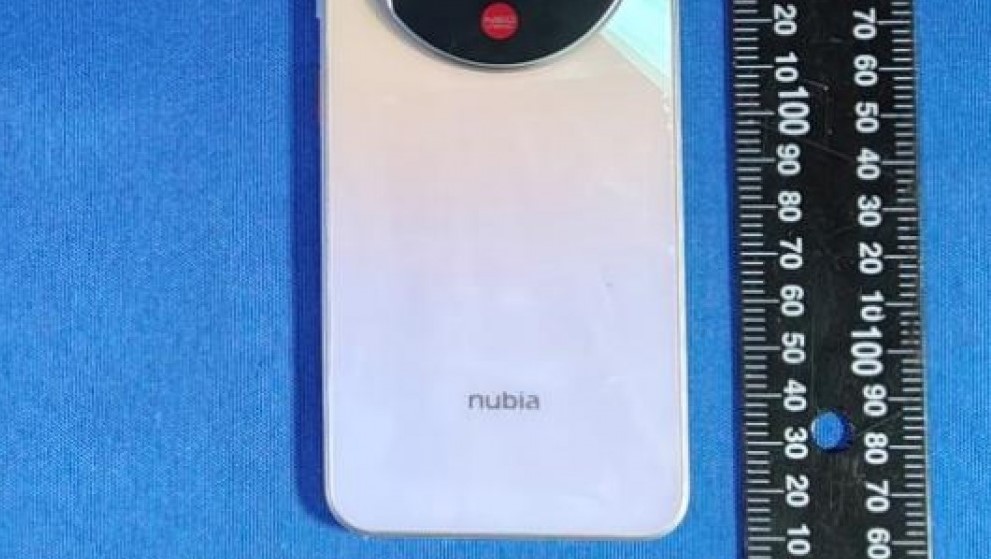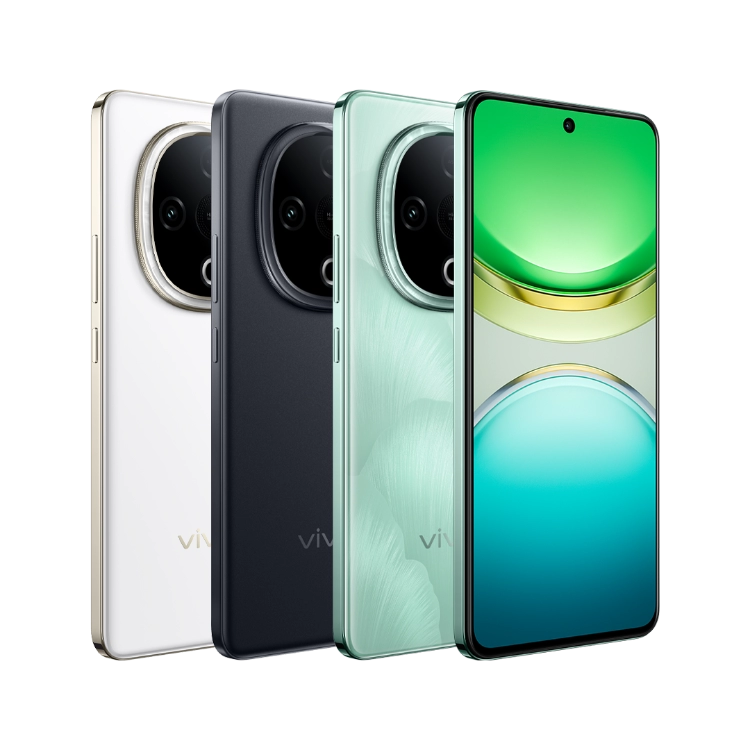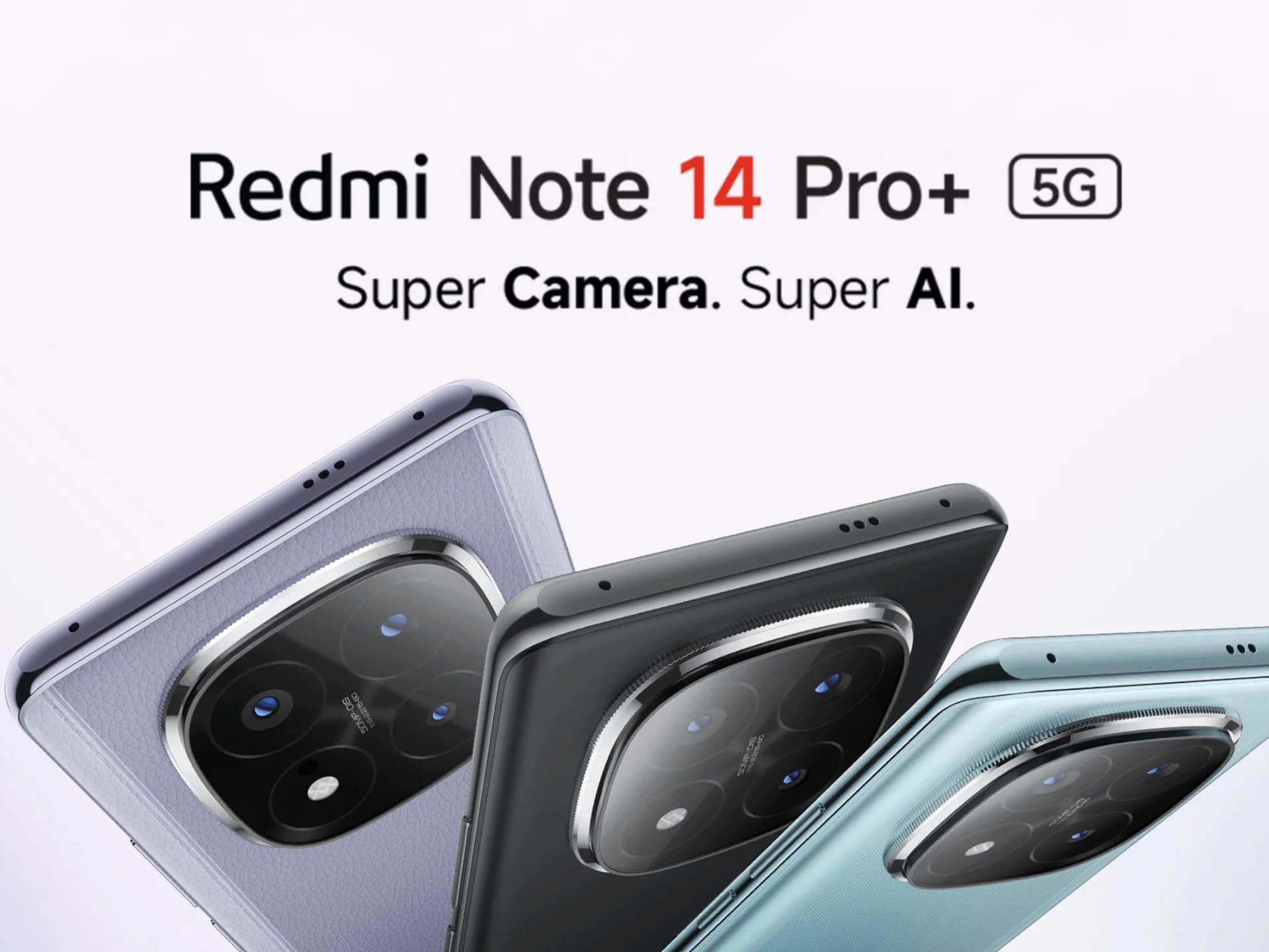Key Takeaways
1. The Vivo Y300c is an affordable 5G smartphone available in China, featuring 12GB of RAM and storage options of 256GB or 512GB.
2. It is powered by the MediaTek Dimensity 6300 processor and has a 6.77-inch AMOLED display with a resolution of 2392 x 1080 pixels and a 120Hz refresh rate.
3. The smartphone includes a large 6,500mAh battery with 44-watt fast charging and reverse charging capabilities.
4. The rear camera setup features a 50MP primary lens and a 2MP secondary lens, while the front camera is 8MP.
5. The Vivo Y300c is priced at approximately 195 US dollars, with no current plans for release in other regions.
Vivo has introduced its latest affordable 5G smartphone, the Y300c, to the market in China. This device is available in a trio of color choices and boasts 12GB of RAM. Customers have the option to select between 256GB and 512GB of storage space.
Performance Specifications
The Y300c operates on the MediaTek Dimensity 6300 processor, which comes with a built-in 5G modem. While it isn’t the most powerful chip out there, it works well for day-to-day tasks. The smartphone sports a 6.77-inch AMOLED screen that offers a resolution of 2392 x 1080 pixels and a refresh rate of 120Hz. When it comes to gaming, the touch sampling rate can hit up to 300Hz.
Battery and Camera Features
Equipped with a 6,500mAh battery, the Y300c supports 44-watt fast charging. Additionally, it features reverse charging, allowing users to charge devices such as wireless earbuds. For photography enthusiasts, the rear camera setup includes a 50MP primary lens along with a 2MP secondary lens that provides bokeh effects. The front-facing camera has an 8MP resolution.
Pricing and Availability
The Vivo Y300c is priced at approximately 195 US dollars in China. However, Vivo has yet to disclose any plans for releasing this model in other regions.
Vivo is also set to unveil the X Fold 5 foldable smartphone by June 2025, which will include a Snapdragon 8 Gen 3 chipset, an 8.03-inch 2K+ AMOLED main display, and a 6.53-inch LTPO cover display—both featuring a 120Hz refresh rate. The device will be powered by a 6,000mAh battery with 90W wired and 30W wireless charging capabilities, as well as dual 32MP front cameras.
Source:
Link





